We all know them: emotions. We wake up with them and go to bed with them. Throughout the day, we experience a variety of emotions, depending on the situation around us and how we feel about it. Emotions influence our actions and send a message to the outside world. So, it's important to understand emotions and know how to manage them. But did you know that it starts from birth? Emotional development begins on day one and slowly grows with you. While you're reading this, your little one might be busy expanding their world. Depending on their age, they'll become increasingly aware of their own emotions and those of their caregivers. In this blog, we'll guide you through your child's emotional development: how does it start, and what can you expect?
In the abdomen
Even before the baby comes into the world, you feel it. The baby learns from the inside what you feel and what happens outside the womb. To some extent, they share the same emotions you feel and react to loud noises outside the abdomen. The emotions you feel, and they too, can have an effect on the baby after birth. It is therefore important to pay close attention to your feelings and mental health.
The first months
There it is: your newborn! In the first few weeks, very little happens and they mostly sleep, but that doesn't mean they don't have emotions yet. Babies are capable of experiencing basic emotions. In the beginning, it will be a matter of satisfaction/dissatisfaction, but in the second month, emotions such as happiness, joy, and sadness are added. They expressed their feelings immediately when they were present. This can cause your little one to suddenly cry or make the very first smile appear on their face. Emotions guided your baby's actions. They are not yet able to regulate them.
When your baby reaches three months old, the actions of others will affect their emotions. Babies may smile or express satisfaction in response to something you do or their toys. They will also imitate the people around them by mimicking sounds. They are fascinated by their own voice and yours.
Month 4 to 6
In the second quarter of the first year of life, your baby will communicate more and better. They let you know when they want to be picked up by raising their arms. In addition, emotions become more intense as time passes; the difference between positive and negative emotions will increase. In addition, interest in the emotions of others increases. Your little one will try to imitate the emotions and facial expressions of others.
Your baby's responsiveness continues to grow; they react to your emotions and those of others around them. For example, they might get sad when you're angry or look away when you're sad. Actions also influence your baby's mood: for example, your baby will cry when you stop playing.
In the fifth month, your baby starts to laugh. In addition, they expand their emotions to include anger and frustration. Both emotions will be visible on the face. It is good to remember that babies don't mean anything personally, but simply live "in the present moment." Everything they do is in response to a situation.
Babies are also increasingly starting to have a preference or dislike for certain things or situations. They may react negatively to foods they don't like or become frustrated when they try to do something they can't yet do.
Around the sixth month, your baby might experience mood swings and become fussy from time to time. But don't worry, there are also plenty of positive milestones to look forward to this month! Babies will start sticking out their tongues and dividing their attention, allowing them to focus on more than one person and follow your gaze. They might even turn their head when you call their name.
Month 7 to 9
During this period, your baby will acquire a new emotion: fear. Babies can now react with anxiety when a stranger approaches them or when you disappear from their sight. Indeed, babies in this phase can separate acquaintances from strangers. In this way, they create bonds with a selection of people they prefer to stay close to. As a result, your baby may no longer want to sit on your neighbor's lap, even if it was different before. This is also called 'unfamiliarity'. Another term to describe this is 'stranger anxiety'.
This can be a difficult time for you as a parent, as it becomes difficult to go anywhere. Because another development that occurs after unfamiliarity is separation anxiety. Babies realize that they and you are not one. In other words: they acquire their own consciousness.
When you disappear from sight, your child may suddenly start crying. Your baby doesn't understand that you will eventually come back; she thinks you're leaving forever. This can cause crying and requires a calm and reassuring approach. It is important to take your little one's emotions seriously.
Don't worry! Separation anxiety is part of emotional development. It usually occurs in children aged eight to eighteen months, although exceptions are possible.
Babies will need more emotional reaction signals from you during these phases. They see this as an indicator of whether something is 'safe' and use it to reassure themselves. They also use it to see what they think of something. For example, if you grimace when eating asparagus, there's a chance the baby will do the same. Their preferences are based on yours. And if you are emotional about a visit to the store or doctor, or dropping the baby off at daycare, your child may associate those places with sadness. This is called 'social referencing,' or 'social signals' in Dutch. This phenomenon occurs mainly in babies.
In addition to unfamiliarity, separation anxiety, and social referencing, there is more room for games and your baby is increasingly able to link their facial expressions to their emotions. They now know all the basic emotions: interest, joy, surprise, anger, sadness, disgust, and fear. And they increasingly enjoy games like peek-a-boo! This is a great time to play social games with your baby!
In addition to expressing their own emotions, they can increasingly read the gestures and facial expressions of others to determine what a person is feeling. They are also able to point to something and then check to see if you are actually looking at the object. This is a next step in the area of dividing attention, which has already been discussed in the sixth month.
Month 10-12
The end of the first year of life is in sight, and it comes with even more milestones for your little one. Your baby's awareness increases, and they can show more and more emotions. The emotion of "shame" now comes into play when they do something that's not allowed. Plus, your baby becomes even more sensitive to the approval and disapproval of others.
In the twelfth month, a new era begins: the emotional development of your baby accelerates from the first words. Babies can then communicate with physical gestures and small words. But for now, emotions will still be as intense as before. This will only decrease later in life, when they have learned to regulate their emotions.
But for now, you'll have to deal with unregulated emotions for a while. Look at it on the bright side: you can communicate with your child before they even turn one! That's definitely a milestone to celebrate and be proud of. Your baby will probably share this emotion with you, just like the previous ones!


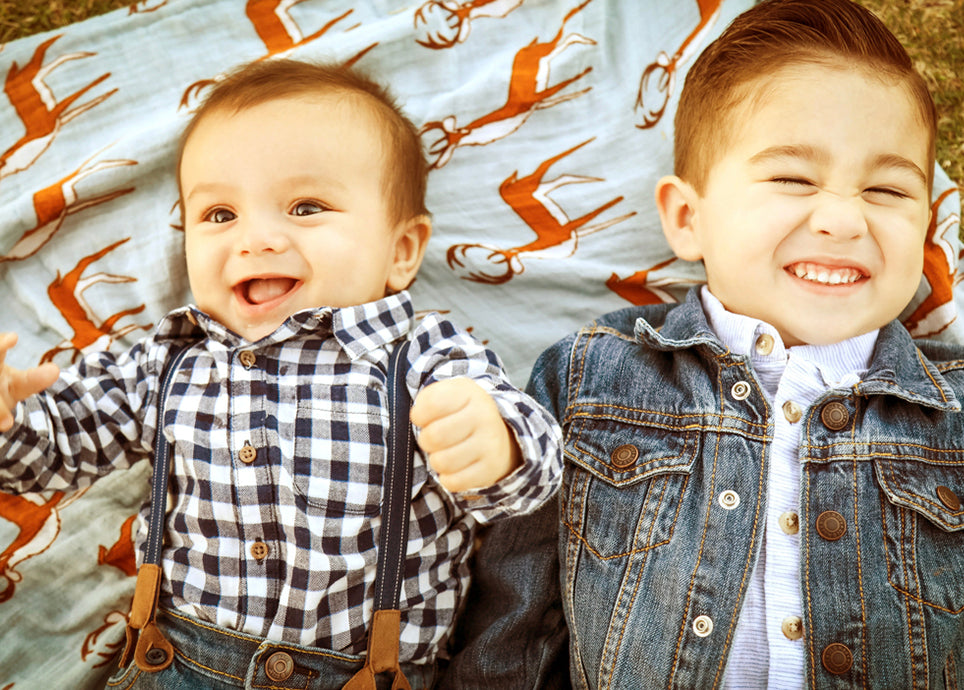
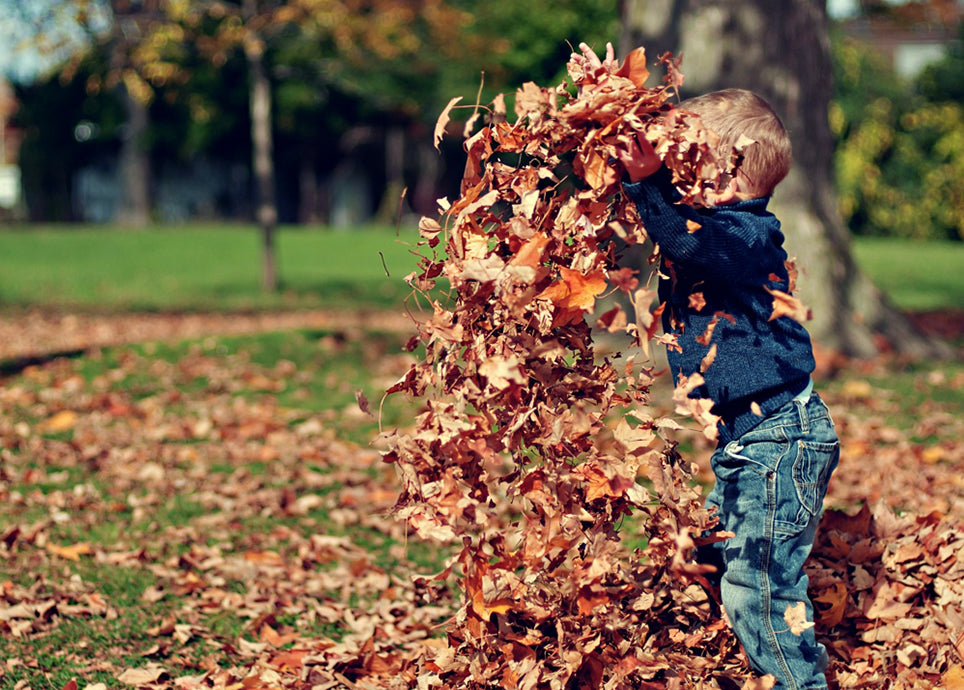
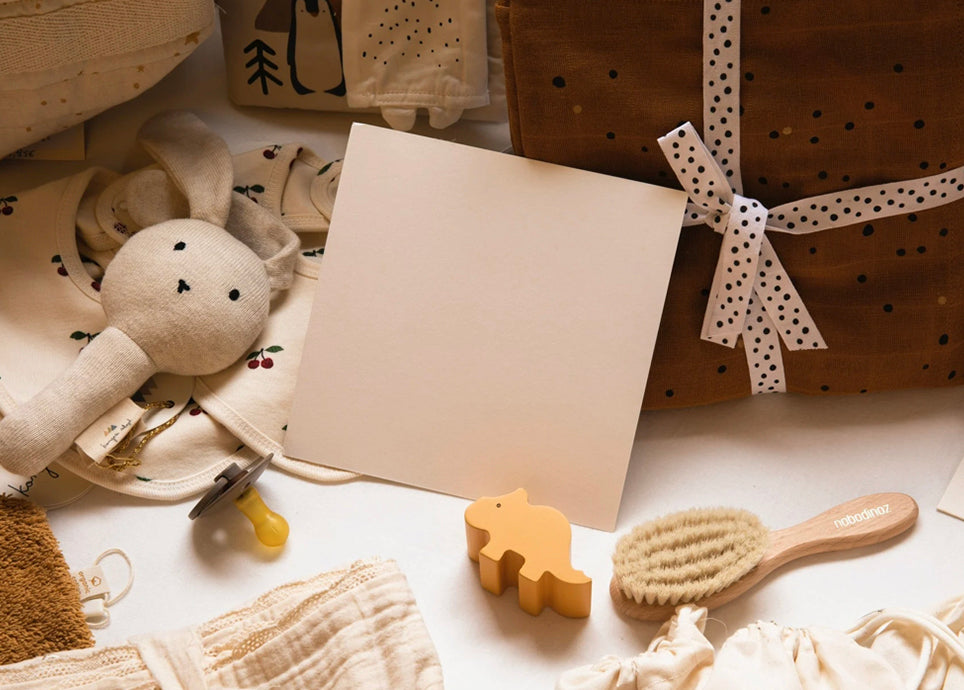








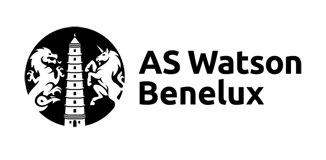
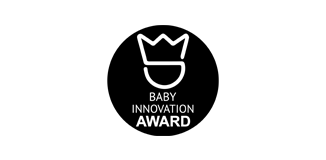


leave a comment
This site is protected by hCaptcha, and the Privacy Policy and Terms of Service of hCaptcha apply.